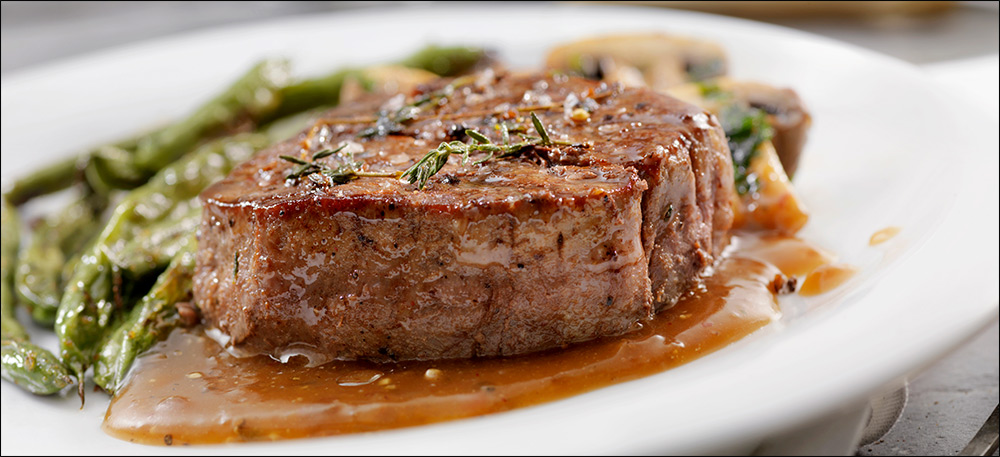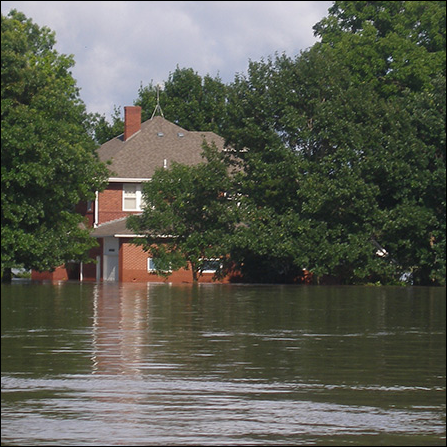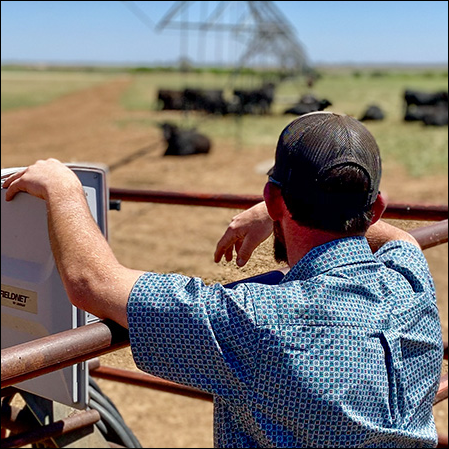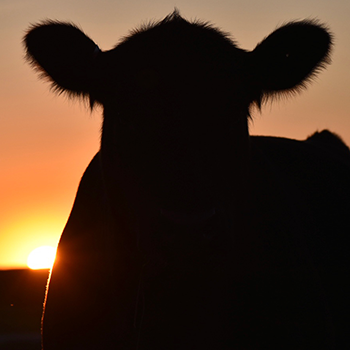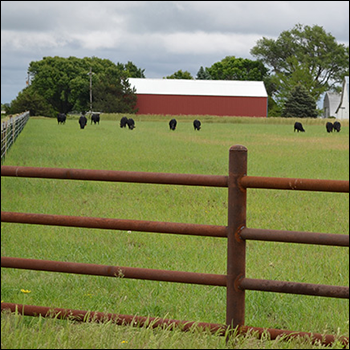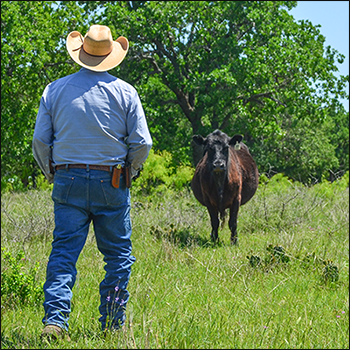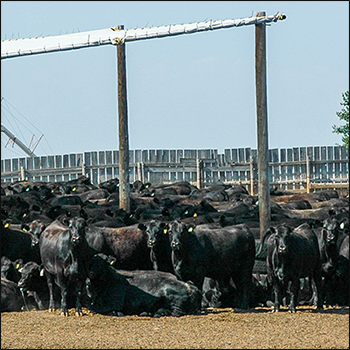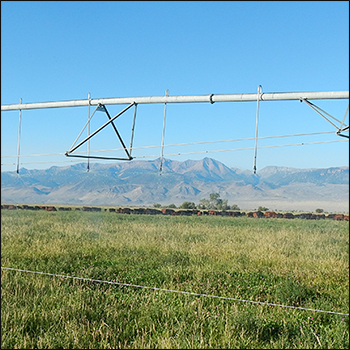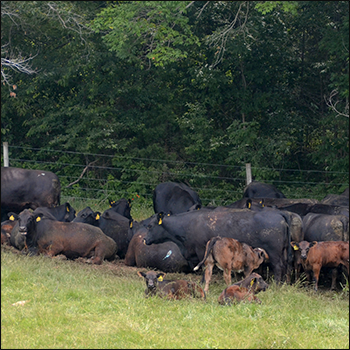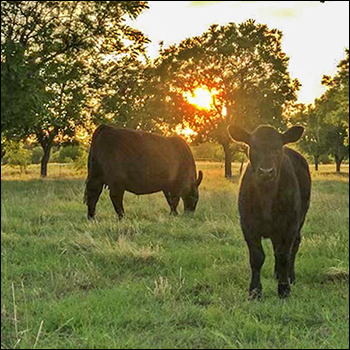Meating Consumers’ Needs
The average meat consumer is constantly evolving, but beef products are still landing on the dinner table.
A year ago, not even the possession of a crystal ball could have prepared beef producers or consumers for the COVID-19 pandemic. As reality changed for society, so did consumer demand and expectations.
“We knew that they were evolving, that they were changing,” said Michael Uetz, Midan Marketing managing principal. “We need to get a feel for if there is a new norm or if we are still struggling to see where we’re going to land.”
Market Closeout
By cattlemen for cattlemen.
Commentary by Troy Marshall, American Angus Association
The industry is evolving and changing. Most of those changes can be classified as either positive or inevitable, but not all the changes are inherently good for the commercial cow-calf business. Our industry has always been based on the concept that a rising tide raises all boats. The cow-calf industry is the most diverse and the most fragmented of all segments of the industry. As a result, we do not have the dominant players or concentration of capital that other segments do. Necessity has forced us to work together. Whether it be extension and the land-grant university models, the checkoff or even breed associations — we learned quickly that together we were much more effective.
Obstacles to Opportunities
Speakers discuss communication, engagement and policy during 2021 virtual summit preconference series.
The Animal Agriculture Alliance’s 2021 Virtual Stakeholders Summit preconference webinars, sponsored by Protect the Harvest, wrapped up May 4 and included sessions highlighting ways to connect with companies sharing misinformation, updates on the political climate, and tips for virtual influencer and stakeholder engagement. The 2021 Virtual Summit, themed “Obstacles to Opportunities,” was hosted May 5-6.
Don’t Let Risk Rule Your Marketing Plan
Consider these tips for feeder-calf sale success.
Cattle producers have experienced a lot of market volatility during the last couple of years. Still, there is no reason to allow it to govern sales decisions in 2021. Market advisors say several risk management opportunities exist to help small- and large-scale producers navigate it successfully.
In The Cattle Markets
LRP considerations.
In early 2021 the Risk Management Agency implemented a subtle change to Livestock Risk Protection (LRP) insurance. LRP covers the price risk or the risk of cattle prices moving lower while owned by those raising cattle. The policy was changed to allow those with coverage to collect indemnity payments if they sell insured cattle within the last 60 days of coverage. Without such a clause, people without cattle would have an incentive to purchase the subsidized coverage. Prior to the change, the limit was the last 30 days of coverage. Cattle could be (and still can be) owned past the end of coverage and remain insured.
The Link
Review or audit: What is the difference?
by Ginette Gottswiller, American Angus Association
Survey data reveal producers who don’t want to enroll in AngusLinkSM or other verification programs often say it is because an audit sounds scary. Here is the deal. AngusLink does an on-site review that, frankly, is more of a herd visit. The Internal Revenue Service does an audit.
Is there really a difference between a review and an audit? Yes. There really is.
Industry Turmoil
Beef industry organizations meet, discuss viewpoints on marketing finished cattle.
Cattle producers across the country have expressed mounting frustration at the persistent imbalance in the markets. As much of the country lifts pandemic restrictions, consumer demand for U.S. beef remains strong. Producers also have a large supply of cattle to meet demand. Despite this, producers in the cow-calf and feeder sectors are facing significant challenges. The profits yielded by high boxed-beef prices are not being realized by the producers supplying live cattle, and the supply chain is being choked by a lack of processing capacity.
